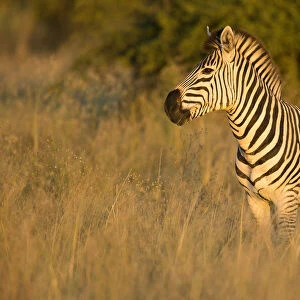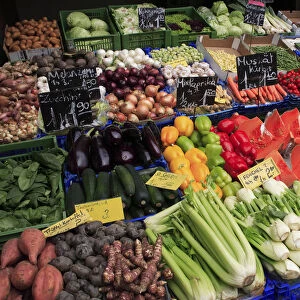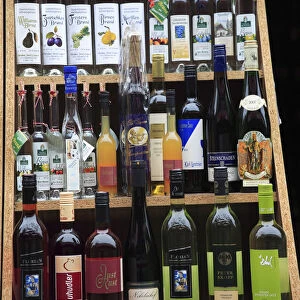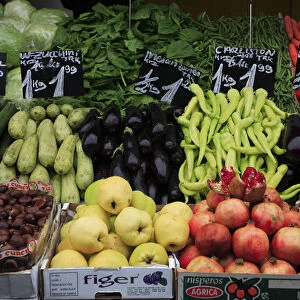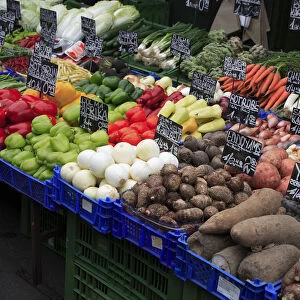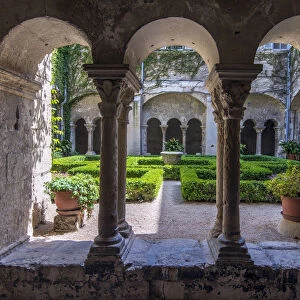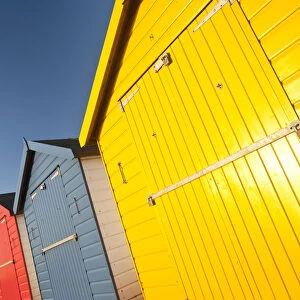H1N1 1918 influenza virus, TEM
![]()

Wall Art and Photo Gifts from Science Photo Library
H1N1 1918 influenza virus, TEM
H1N1 1918 influenza virus particles, coloured transmission electron micrograph (TEM). These virus particles (virions) have been recreated from the influenza (flu) virus strain that caused the 1918 Spanish flu pandemic. This pandemic infected a fifth of the world population and killed between 20 and 50 million. Scientists hope to identify the traits that made the virus so deadly and, in doing so, develop new vaccines and treatments for future pandemic influenza viruses. These virions were collected from an MDCK culture cell (debris from which can be seen at lower left) 18 hours after infection. The 1918 virus was an H1N1 form of influenza A
Science Photo Library features Science and Medical images including photos and illustrations
Media ID 6305967
© AMI IMAGES/SCIENCE PHOTO LIBRARY
1918 C Ulture Colored Cultured Dangerous Deadly Death Enveloped Epidemic Epidemiology Fatal H1n1 Infectious Influenza Influenza A Microbe Micrograph Microscope Negative Stained Negative Staining Orthomyxovirus Pandemic Particles Pathogenic Reconstructed Respiratory Rna Virus Spanish Flu Strain Swine Flu Transmission Electron Variant Virion Virions Virology Virus Particle World Wide False Coloured Micro Biology Microbiological Pathogen Recreated Virus
EDITORS COMMENTS
This print showcases the H1N1 1918 influenza virus, a deadly strain that caused the devastating Spanish flu pandemic. Colored transmission electron micrograph (TEM) reveals intricate details of these reconstructed virus particles, offering valuable insights into their structure and behavior. The Spanish flu pandemic was an unprecedented global health crisis, infecting one-fifth of the world's population and claiming the lives of 20 to 50 million people. Scientists are now studying this historic pathogen in hopes of unraveling its traits that made it so dangerous. By understanding what made the virus exceptionally fatal, researchers aim to develop new vaccines and treatments for future influenza pandemics. This groundbreaking research in biology and medicine holds immense potential for preventing widespread outbreaks in years to come. The virions depicted here were collected from an MDCK culture cell after 18 hours of infection. At lower left, debris from the culture cell can be observed under the microscope, providing context to this microscopic world teeming with infectious agents. Through meticulous study using techniques such as negative staining, scientists delve into virology and epidemiology to comprehend how pathogens like H1N1 function at a molecular level. This remarkable image not only serves as a reminder of past devastation but also represents our unwavering commitment to combating infectious diseases through cutting-edge research and medical advancements. It is thanks to organizations like Science Photo Library that we can appreciate these scientific marvels while fostering public awareness about critical health issues worldwide.
MADE IN THE UK
Safe Shipping with 30 Day Money Back Guarantee
FREE PERSONALISATION*
We are proud to offer a range of customisation features including Personalised Captions, Color Filters and Picture Zoom Tools
SECURE PAYMENTS
We happily accept a wide range of payment options so you can pay for the things you need in the way that is most convenient for you
* Options may vary by product and licensing agreement. Zoomed Pictures can be adjusted in the Basket.



